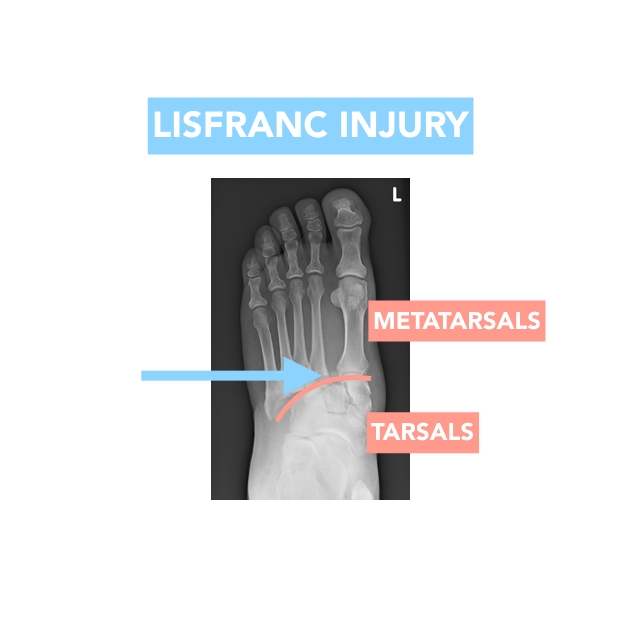This week charlotte, our women's health physio in sutherland, explains AN OVER-ACTIVE PELVIC FLOOR?
Like any muscle in the body it is important that the pelvic floor can both contract and relax.
If you think of your bicep muscle this needs to be able to contract to pick something up and relax to put something down. Imagine if the bicep was contracted all day long, it would be really hard to use your arm functionally and your bicep muscle would not work efficiently. Especially when strength is needed, the pelvic floor is the same.
Some women have pelvic floor muscles which have difficulty relaxing and remain constantly contracted. This however does NOT mean they are strong, imagine how tired they would be when you need them!
OVER-ACTIVE ≠ STRONG
What are the symptoms of an over-active pelvic floor?
Symptoms will vary from person to person, but often include:
Pain with sex
Pain with using tampons
Pain with pap-smears
Pelvic or back pain
Difficulty emptying bladder or bowel (constipation)
Incontinence
Increased sensation of needing to urinate
Who is at risk of an over-active pelvic floor?
People who tend to have a higher risk for an over-active pelvic floor include:
People with an overactive bladder, this is due to always needing to squeeze their pelvic floor to minimise leaking
Strong athletic women with strong outer core muscles
People with anxiety
Sedentary work/life style (poor posture can shorten the pelvic floor muscles)
Mouth/chest breathers
What is the treatment for an over-active pelvic floor?
Our initial treatment will always look at the way you breathe!
If you imagine your core and trunk muscles as a box, your pelvic floor is the base of your core with your transverse abdominus being the walls and your diaphragm muscle (breathing muscle) being the ceiling.
It is really important that all aspects of your core are working efficiently. If you are always breathing through your mouth, with a chest pattern of breathing the pelvic floor does not have a chance to relax.
Diaphragmatic breathing or “belly” breathing is essential as this allows the pelvic floor to descend and relax.
Can I still do pilates with an over-active pelvic floor?
Yes! However more focus should be on the strength of your muscles (not including your pelvic floor initially) therefore you should not actively contract your pelvic floor during initial pilates sessions.
As symptoms decrease, we start to add in a graded strengthening program for you pelvic floor







